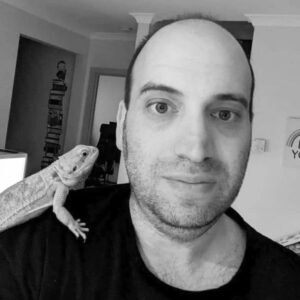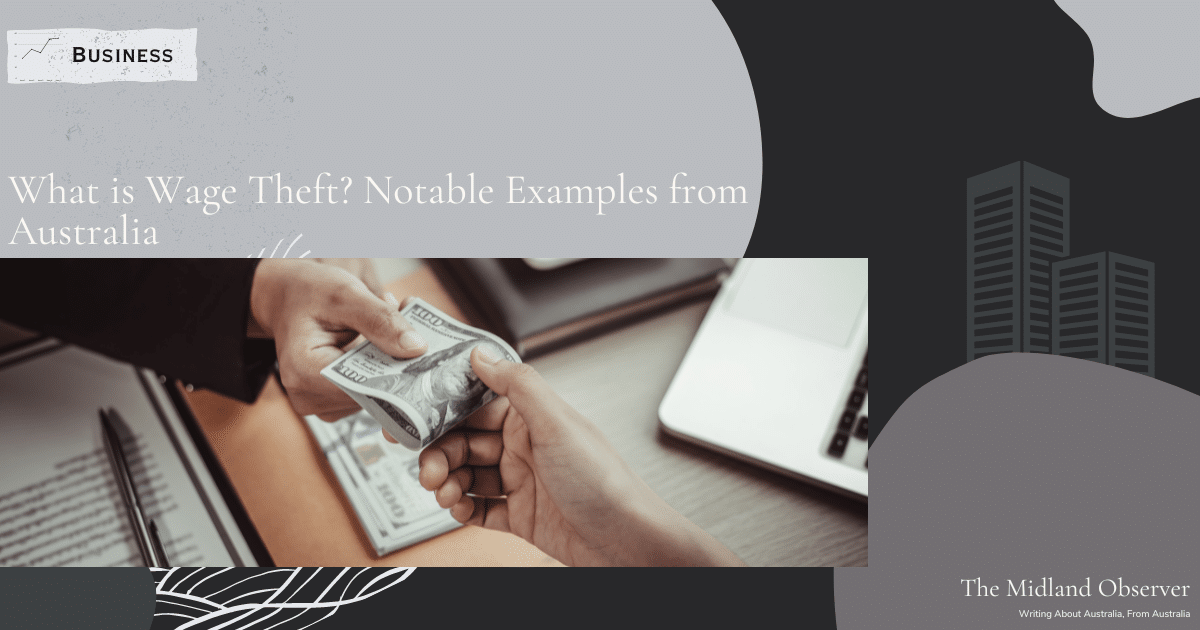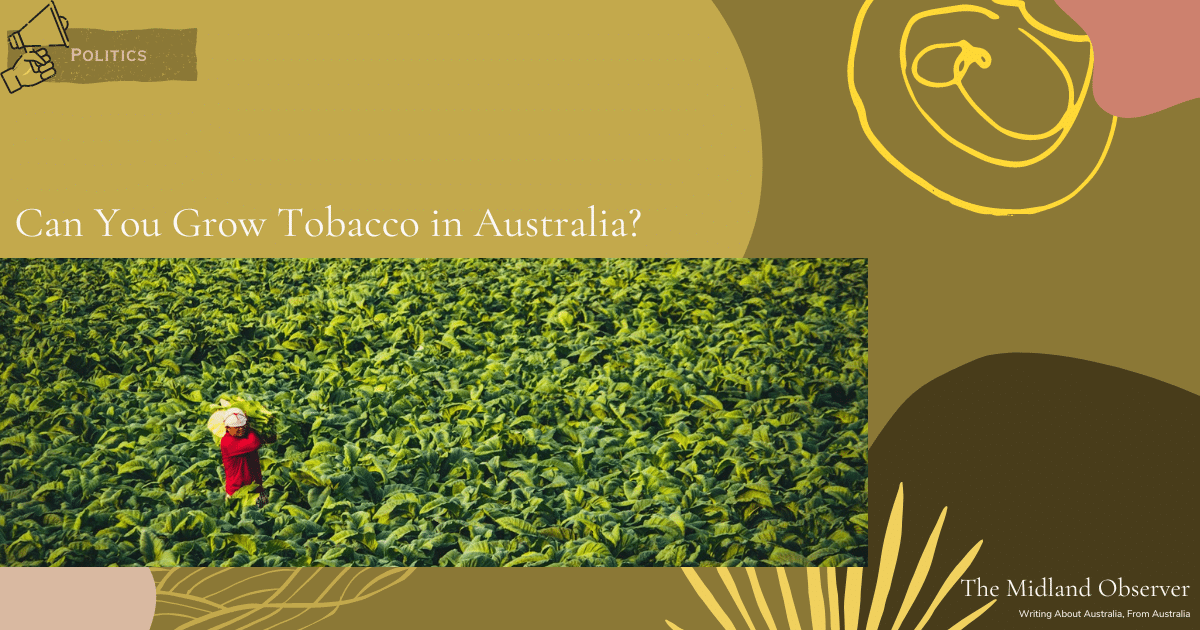In 2009, the Kevin Rudd government hastily created a startup (the first time the Australian government has attempted such a venture) with the simple name “NBN Co” because, with the perceived urgency, there was no time to come up with a fancy name. The original goal was to achieve fast internet speeds by replacing infrastructure based on aging copper wiring with fiber-to-the-premises (FTTP) broadband. Kevin Rudd envisioned the National Broadband Network as a transformative project to democratise high-speed internet access for all Australians. NBN was also a cornerstone of the Rudd government’s promised digital education revolution, with dedicated funding introduced to help schools to take advantage of the NBN.
What was initially envisioned as a game-changer in the country’s digital landscape that would enable Australia to compete globally in education and business, morphed into a disastrous saga of huge delays, cost blowouts, political infighting, uncertainty, and technical obstacles. The struggle to make NBN deliver on its promise continues—today’s incarnation of NBN relies heavily on copper wiring, not fiber to the premises. Incredibly, NBN Co has now reportedly bought enough copper wire to wrap around the planet Earth more than once. Australia has the dubious honour of being ranked the fourth slowest internet speed in the world. And the fastest possible NBN broadband in Australia, nicknamed gigabit internet, is not yet available for many Australian residences.
So why has Australia’s plan to improve internet speeds for all Australians fallen so short of expectations since it was first conceived in 2009? As often happens in IT, the answer has more to do with people and politics than technology.
Labour Loses the 2013 Election
The Liberal government opposed the Labour government’s plan for how to implement NBN by building completely new infrastructure, deriding that plan as too expensive, with a cost estimate of $41 billion. Instead, Malcolm Turnbull spruiked an allegedly more cost-effective but good enough option–a Multi-Technological Mix (MTM) network. The Liberal plan was supposed to be cheaper and faster to deliver an acceptable speed boost to Australians.
Unfortunately, this solution doesn’t cope well with congestion and has been called a “congestion time bomb” that does not scale when a lot of Australians connect to the internet simultaneously. More recent Liberal press releases regarding NBN acknowledge the need for upgraded infrastructure to address the problems with NBN speeds, even if they blame the Labour government for the flaws in the current infrastructure and present the necessary changes as though they are something the Liberal government has fought for all along.
Cost Blowouts and Issues with MTM
While the price tag of $41 billion for the original NBN proposal seemed high at the time compared to what was first promised regarding MTM ($29.5 billion for a network projected to be completed by 2019), in practice the MTM figure was revised to $41 billion and as of 2019, the incomplete network had cost $51 billion.
In late 2020, the Coalition and NBN Co told Senate Estimates that the network would cost $57 billion, including planned upgrades. But the bigger problem was that the mostly Fiber-To-The-Node (FTTN) network still wasn’t fast enough to compare with countries like Singapore, New Zealand, and the United States.
Finally, there was some level of acceptance that course correction was needed to upgrade to FTTP (which was the original plan even if the Liberal government avoided admitting that). Experts estimated that if this were completed by the end of the current decade, it would end up costing more than $70 billion, not counting the lost productivity from lagging behind internet speeds of the rest enjoyed by most of the developed world.
Realistically, the original plan probably would have exceeded the quote provided by Labour back in 2009. But building an FTTP network from the beginning may have cost around $50 billion. We may also be trying to hit a moving target as we can’t predict what other countries will achieve by the time we finish rolling out an NBN that would have provided acceptable speeds on par with the rest of the world, had it been completed on time.
What are the Current Government Promises for NBN?
As part of the Labour government’s 2022 election campaign, faster NBN has again been a major focus, reflective of the unacceptably slow speeds still experienced by many Australians. Prime Minister Anthony Albanese and Minister for Communications Michelle Rowland have spoken a lot about the importance of reliable internet in the daily lives of modern Australians. The federal budget for 2022-2023 says that a $2.4 billion investment over four years will be used to expand full-fiber access to approximately 1.5 million premises, including more than 660,000 premises in regional Australia, where the internet can be notoriously unreliable and slow. The promise is that by 2025, around 10 million homes in total will have access to gigabit internet. This equates to around 90% of Australians in the fixed line footprint upgraded to gigabit internet.
While there is a cost to achieving this, it might be offset by the economic growth it could lead to. The government projects that during the construction and installation phase, the fiber rollout project may generate an additional $2.6 billion in economic activity. NBN Co’s economic analysis suggests that by 2030, additional fiber connections will contribute a $20 billion increase to the GDP by connecting communities and businesses to faster and more reliable broadband.
Potential Future Disasters
The current plan, however, is not without its potential pitfalls. One is that even if the current government plan succeeds in replacing the infrastructure to make it possible for most Australians to access fast internet, it is also believable that the prices may be prohibitively high for some Australians. Some of this is because the government-owned NBN Co has a wholesale monopoly for service to the residential market–if you want to connect to NBN you have no alternative but to use NBN Co, and therefore the company hasn’t much incentive to lower prices.
The Australian Competition and Consumer Commission (ACCC) has criticised NBN Co’s proposed changes to its wholesale price plan, arguing that these changes would make the NBN less affordable, not more. And reports from NBN Co reveal that the company is experiencing financial troubles. A plan to address this reportedly involves increasing prices, which has the potential to hit the lower end of the market quite hard. Additionally, there has been talk of nixing the 25 Mbps service, forcing consumers to upgrade to a pricier option that they may not be able to afford. Even if millions more homes can access higher NBN speeds as the government promised, these numbers may not tell the whole story of inequality in internet speeds which could increase the disparity in quality of internet access between the rich and the poor. According to Telstra, the wholesale prices that NBN Co charges are already among the highest in the world.
This situation doesn’t match the spirit of the government’s proposed NBN changes, which included the intention “to enhance connectivity, equity and quality of life.” To deliver on that promise, the government may need to find a way to write off a significant portion of the NBN’s expense. By doing so, the overall costs for NBN Co could go down, and then affordable high-speed internet may become a reality for all Australians regardless of socioeconomic status.
As the government’s figures mentioned above show, the ultimate overall benefit to the Australian economy from fast internet may mean we should treat NBN as more than just an infrastructure project. The world-class NBN we were promised more than a decade ago would be a national asset that would benefit everyone. Rather than myopically trying to run NBN Co as a profitable business in the short-term, it might make more sense to abandon the idea of directly recouping the initial investment on NBN and prioritse affordable access as a goal rather than running NBN Co with a traditional business and profit-driven mindset.
Conclusion
Internet Australia has said that the Internet is an essential service. We are at a point now where other services can be very inconvenient or impossible to access offline, so it is not hyperbole to say that the average person needs stable internet. As we noted in the introduction, other countries have proven that a much more performant internet is possible. The reason we do not have such infrastructure in Australia is not due to technical limitations. It is due to political infighting and the bad decisions of humans and organisations. Unfortunately, both of the major Australian parties have treated this as a political issue, blaming the other side for making a “mess” or a “dog’s breakfast” of the NBN. If we had this many problems with a different essential service such as our water or our electrical grid, it would be obvious why this is an issue that goes beyond politics. Those in power need to work together to give Australians an internet infrastructure that meets their needs.







